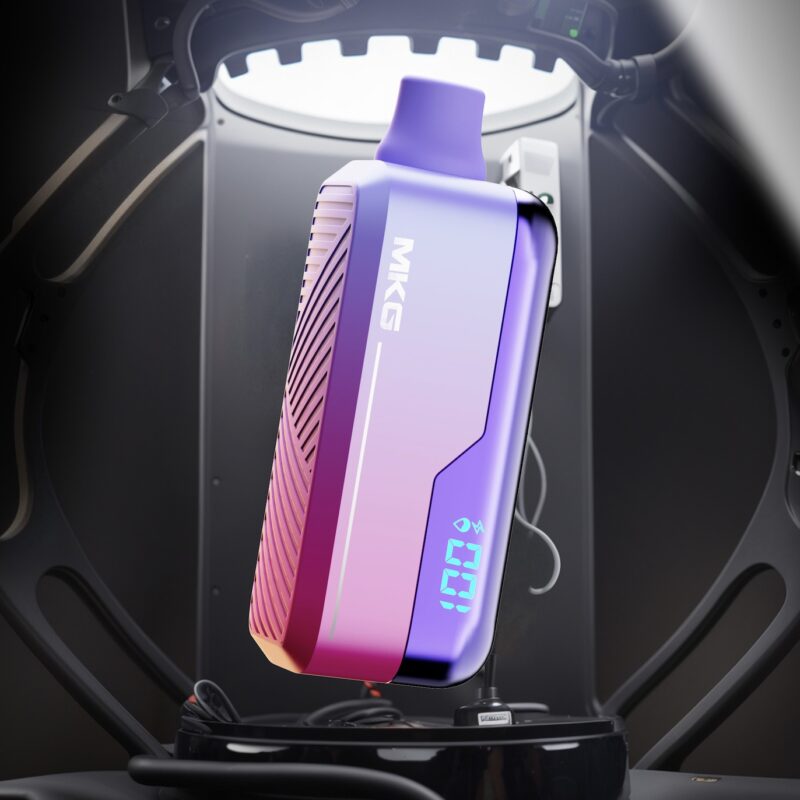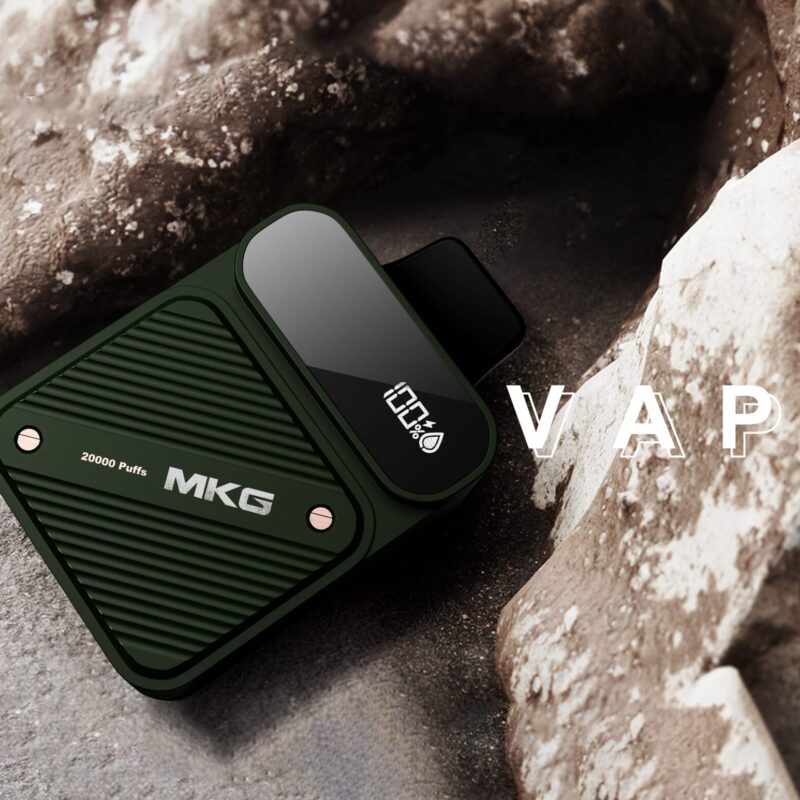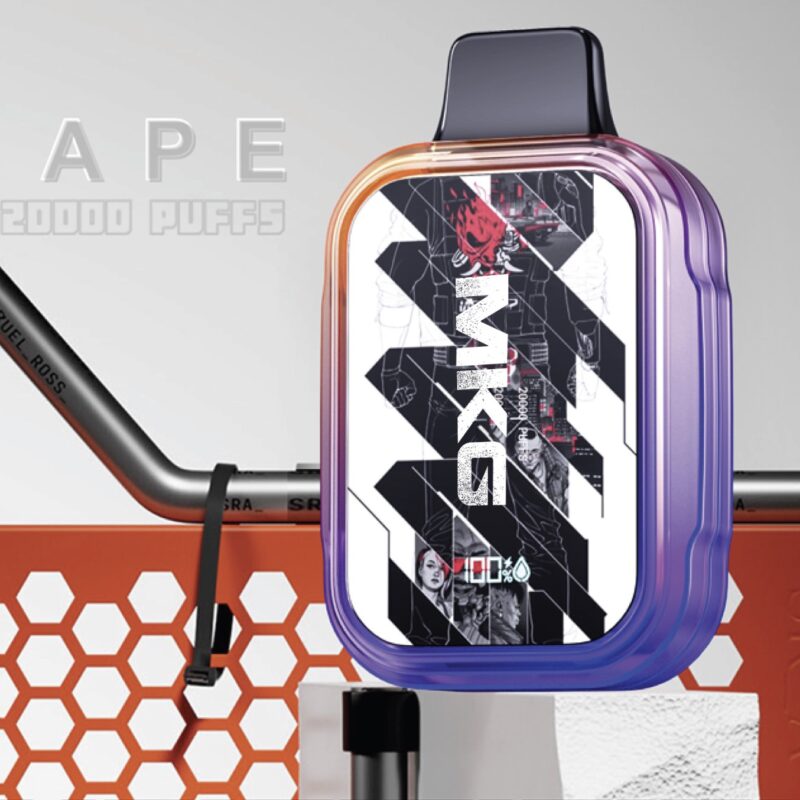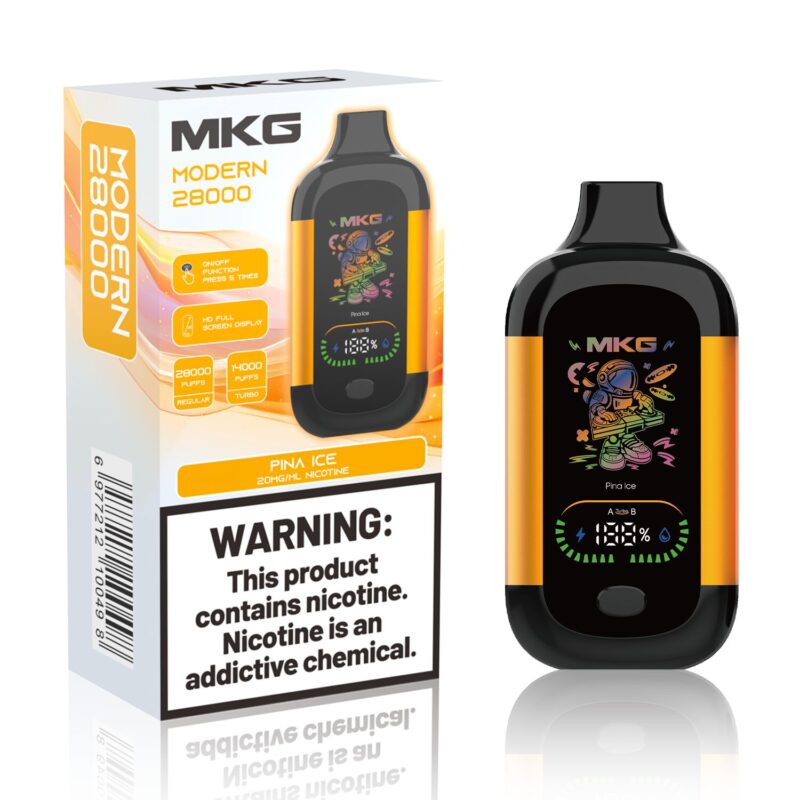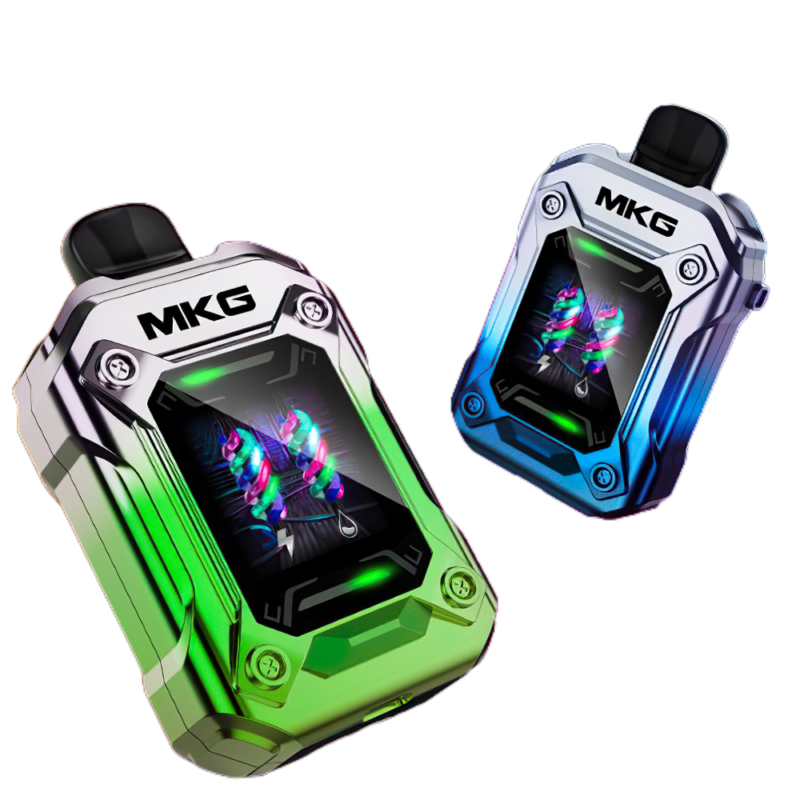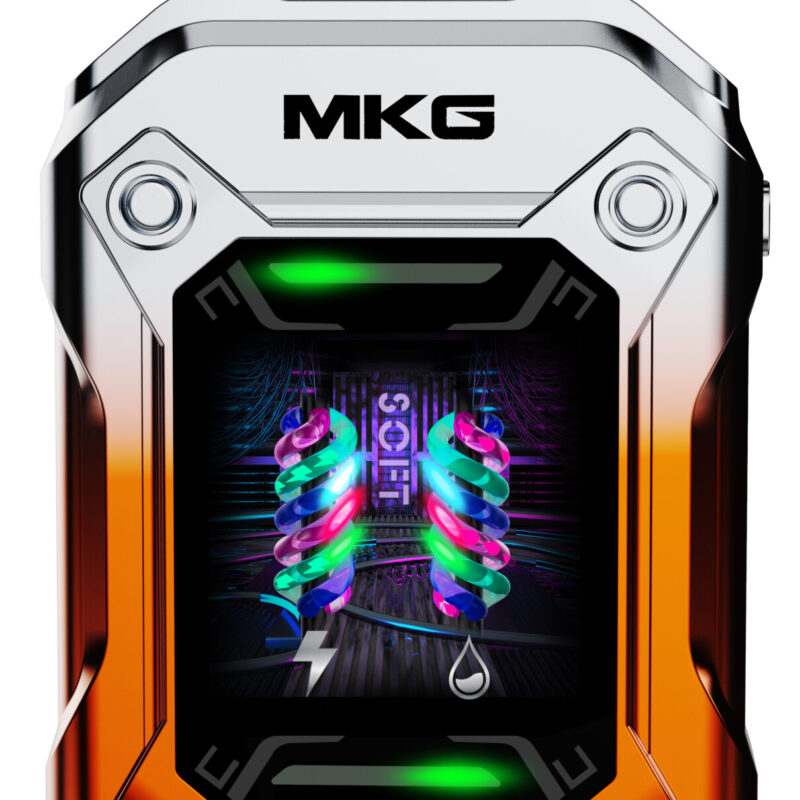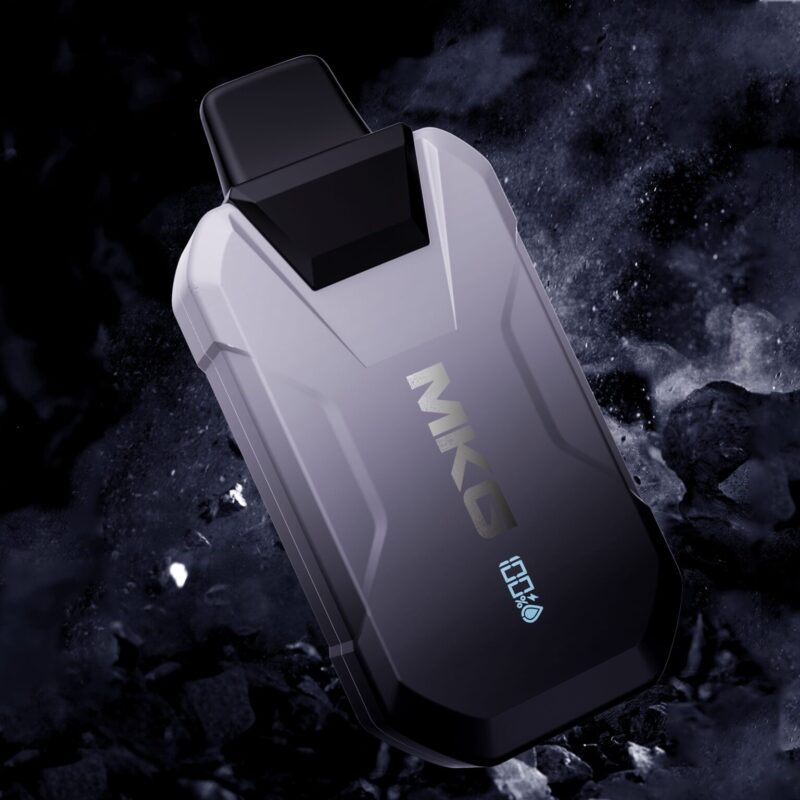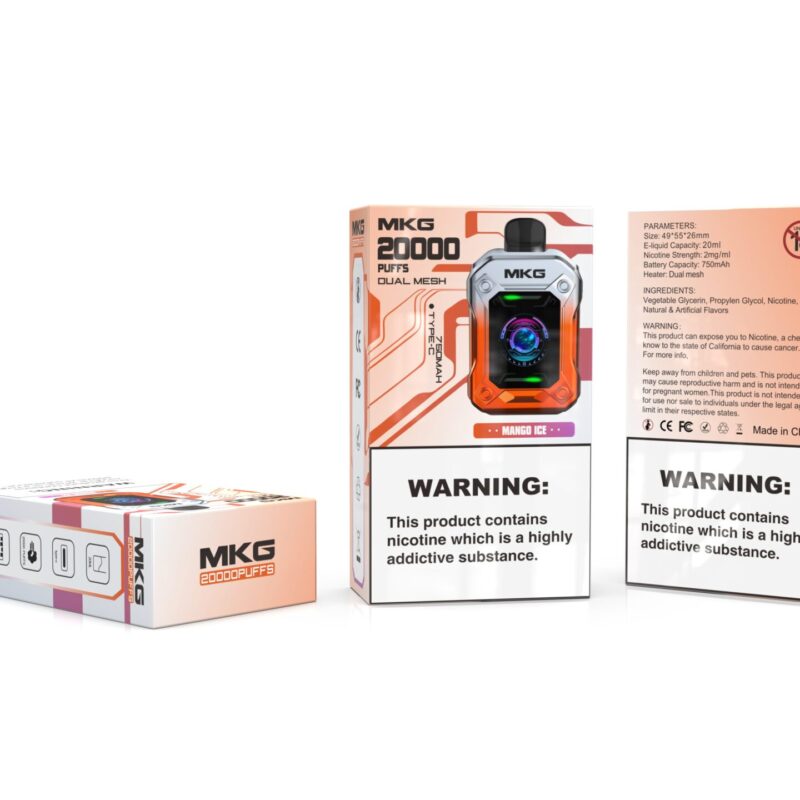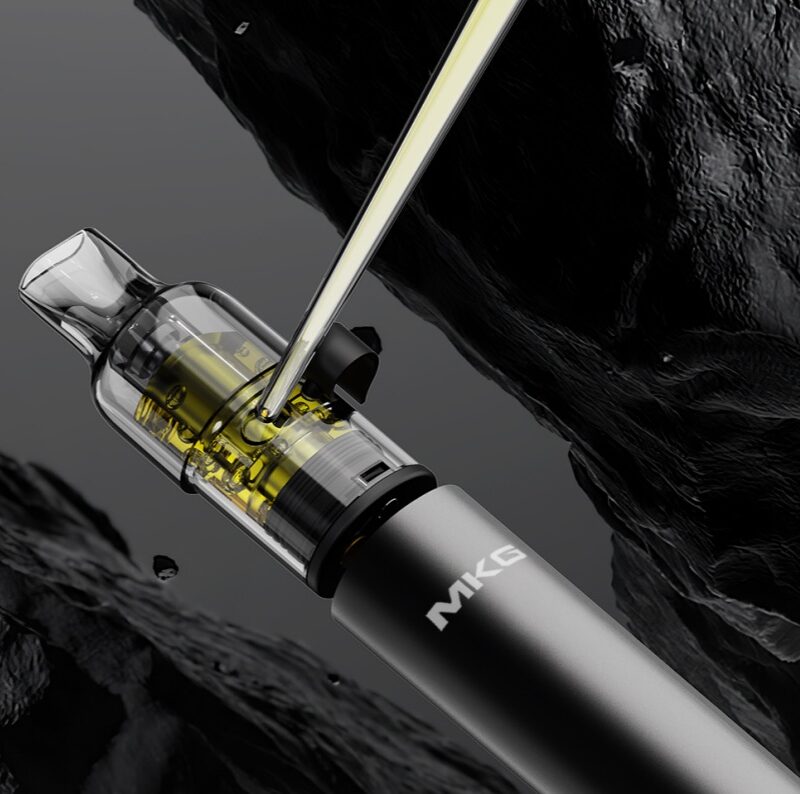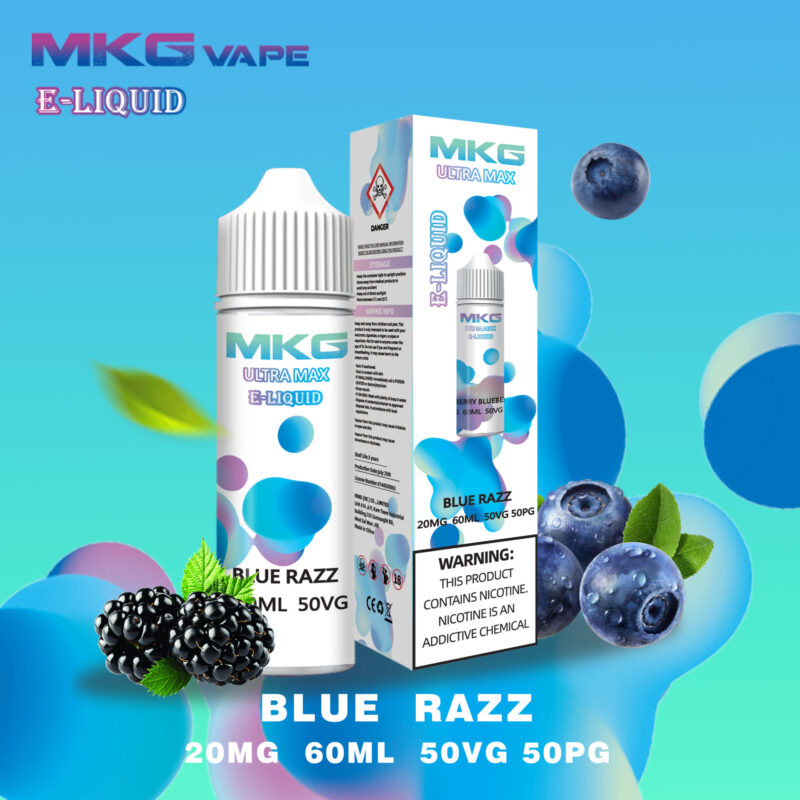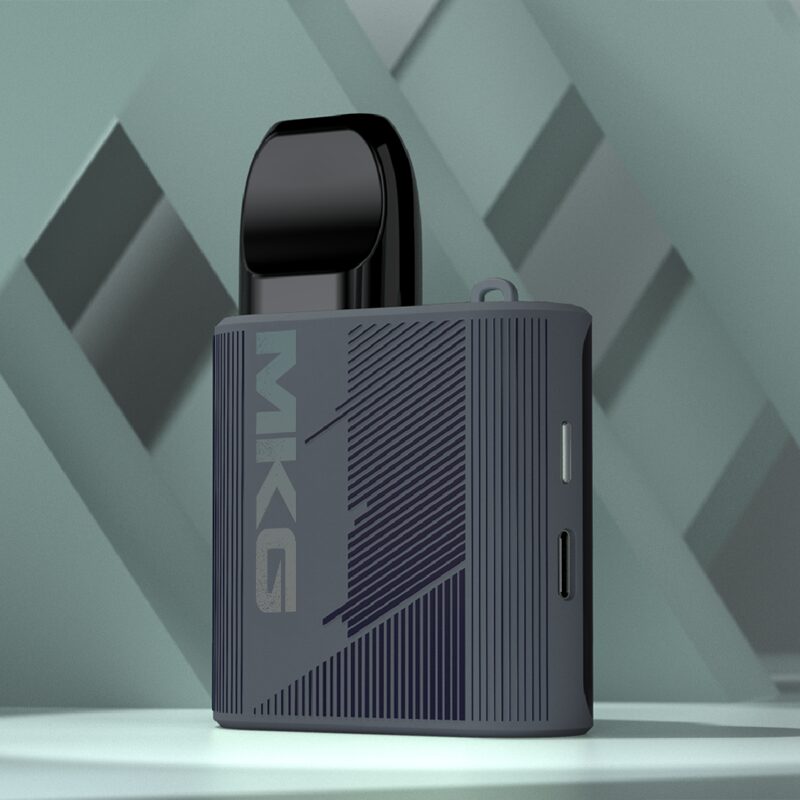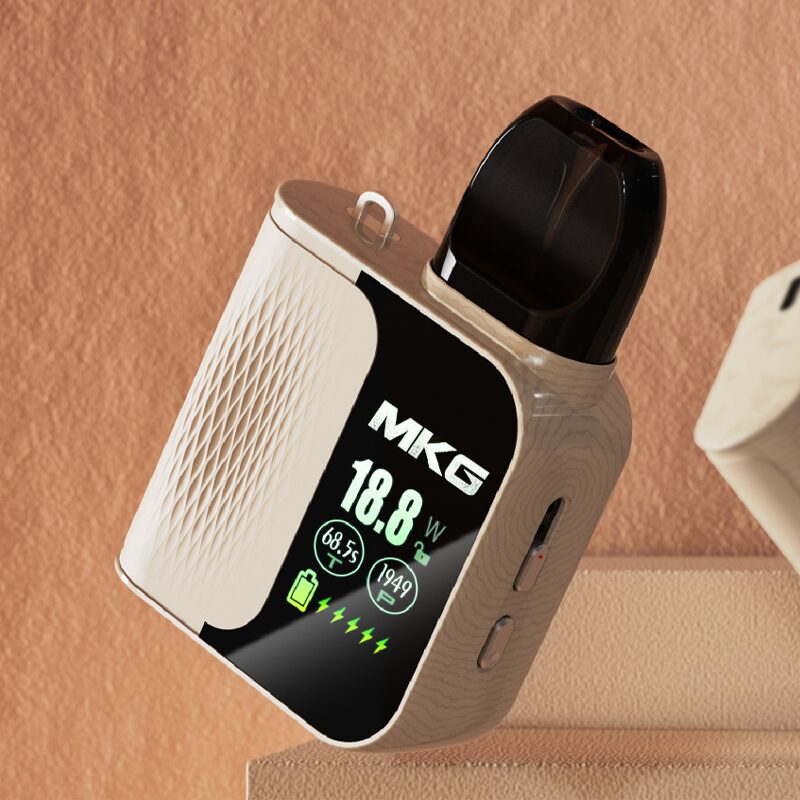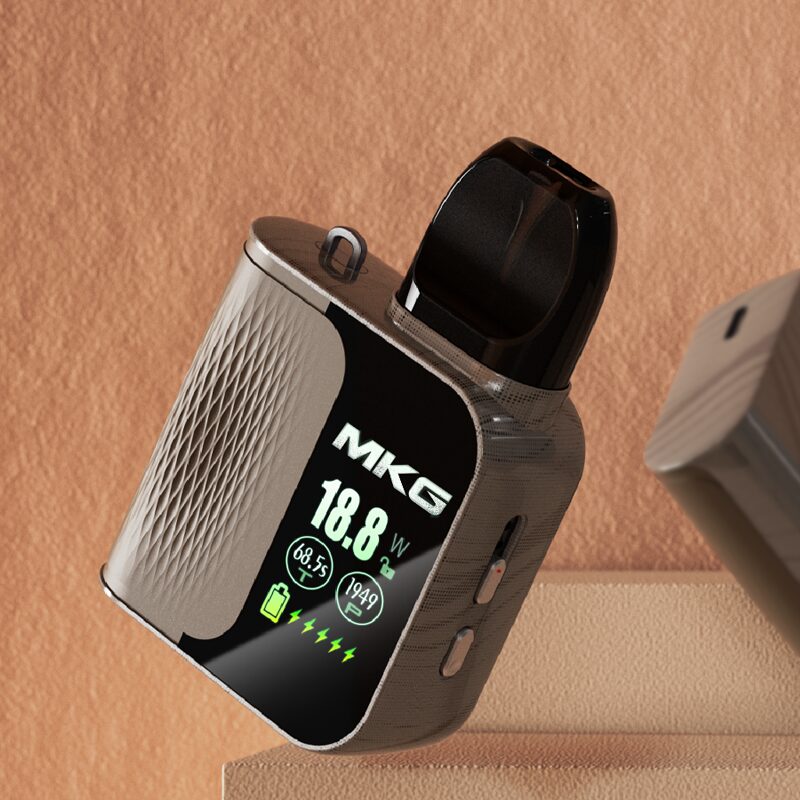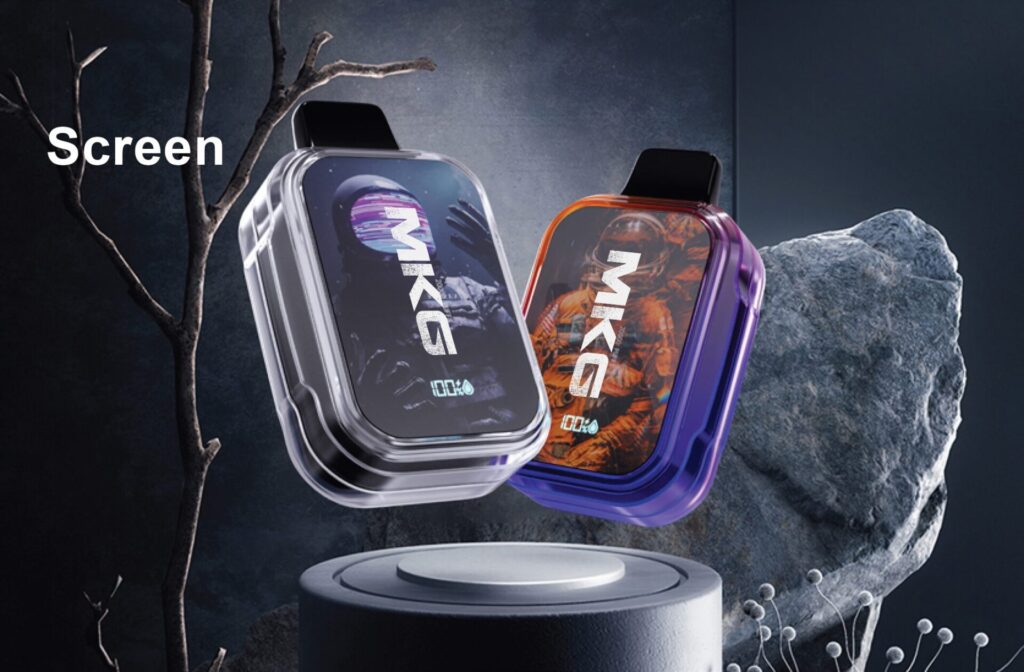The Tobacco Products Directive (TPD) is a regulation used to regulate and supervise product manufacturing, sales, display (product design, packaging, etc.) and all tobacco and tobacco-related products (such as electronic cigarette products). At present, in most EU member states, e-cigarettes are regulated and managed as recreational consumer products. From 2016, e-cigarettes and related products will be regulated by Article 20 of TPD. The Tobacco Products Directive (TPD) is ostensibly designed for the smooth operation of tobacco products in the international market. In fact, many provisions of the TPD are designed to reduce the attractiveness of tobacco products and achieve a higher standard of protection for human health.
EU TPD directive on e-cigarette content:
一. The main contents of the product electronic notification should include:
1. The name and contact information of the manufacturer;
2. Ingredient list and emission content;
3. Toxicological data;
4. Nicotine dose intake information;
5. Description of product composition and production process;
6. A statement of responsibility for product quality and safety;
二. Requirements for smoke oil and liquid storage:
E-juice containing nicotine is only placed on the market in professional fillers, and the volume of the filled container does not exceed 10mL. In disposable electronic cigarettes or single-use cartridges, the volume of the cartridge or liquid reservoir must not exceed 2mL.
三. Requirements for nicotine:
1. In the e-liquid containing nicotine, the nicotine content shall not exceed 20mg/mL;
2. Under normal use conditions, the nicotine release of electronic cigarettes should be maintained at a stable level;
四. Preparation of documents before applying for TPD registration of e-cigarettes:
1. Production process documents;
2. Release test report;
3. The consistency detection method of nicotine release;
4. Refillable atomizer open&refill instructions;
Note: The laboratory provides a complete set of testing solutions for e-cigarettes.
五. Overview of registration process (EU TPD)
1. The e-cigarette certification (ECAS) registration website in the EU TPD Directive: https://webgate.ec.europa.eu/cas/eim/external/register.cgi 2. Apply for a Submitter ID.
3. Fill in the form submitterid_registtatingform_en (about 10 working days to complete).
4. After the registration is completed, the administrator will be notified by email, indicating that the ID registration is successful, and indicating the ECAS and Submitter ID.
5. After success, log in to the account opening information platform (EU—CEG) to fill in the information, upload the attachments, and select different countries to submit the materials separately
E-cigarettes can currently be exported to Europe, America, and Southeast Asian countries. Specific regional control policies are as follows:
Costa Rica – Allowed. Regulatory Policy: Import, sale and use are permitted and regulated as tobacco products. All transactions must be age verified (adults 18+ only). Advertising is not permitted. Use in public places is restricted.
Czech Republic – Allowed. Regulatory policy: The import, sale, use and sale of e-cigarettes are unrestricted.
Estonia – Allowed.
European Union – Allowed. Regulatory policy: Import, sale, use and advertisement are allowed.
Germany – Allowed. Regulatory Policy: Import, sale and use are allowed. Supreme courts in two states have ruled that e-cigarettes and refills are not drugs under the Drug Act or the Medical Device Act. Germany is one of the countries with the most relaxed regulatory measures for e-cigarettes. There are no special taxes on vaping, no regulations on cross-border sales, and only slight restrictions on advertising.
Indonesia – Allowed. Regulatory policy: The Indonesian government says it will impose taxes of up to 57 percent on non-tobacco alternatives, including e-cigarettes, starting in summer 2018.
Israel – Allowed. Regulatory Policy: Import and sale are allowed.
Italy – Allowed. Regulatory Policy: Import, sale and use are unrestricted. The sale of e-cigarettes (only for nicotine-containing e-liquids) is prohibited for persons under the age of 18.
Ireland – Allowed. Regulatory Policy: Import, sale and use are allowed.
South Korea – Allowed. Regulatory Policy: Here e-cigarettes are considered tobacco products and are subject to tobacco control legislation. Taxes are high, and reports show that e-cigarette retail prices in South Korea are among the highest in the world. HNB products are very popular.
Latvia – Allowed. Regulatory policy: E-cigarettes can be sold to people over the age of 18.
Malta – Allowed. Regulatory Policy: Considered a tobacco product, sales and use are permitted, but e-cigarettes fall within the scope of the Tobacco Act. They cannot be advertised, cannot be used in enclosed public spaces, and are only intended for use by adults over the age of 18.
Netherlands – Allowed. Regulatory Policy: Import, sale and use are allowed. The government attempted a blanket ban but was legally overturned: The Gravenhage court in the Netherlands legalized the import and sale of e-cigarettes and nicotine-containing e-liquids in a civil court case.
Poland – Allowed. Regulatory Policy: Import, sale and use are allowed.
Russia – allowed. Regulatory Policy: Import, sale and use are allowed.
Tajikistan – Allowed. Regulatory Policy: The sale and use of e-cigarettes is currently unrestricted.
Ukraine – allowed, with restrictions
United Kingdom – Allowed. Regulatory policy: Import, sale, advertisement and use are allowed. There are some restrictions on advertising. As far as we know, the UK is currently the only country in the world where e-cigarettes are fully and effectively regulated. The maximum nicotine content in e-juice allowed in the UK is 20mg/ml, and bottles may contain more nicotine content than 10ml of liquid and must be child-resistant and tamper-resistant. The volume of the nebulizer sold cannot exceed 2ml.
United States – Allowed. Regulatory policy: Import, sale, advertisement and use are allowed. The U.S. FDA has strengthened regulations on e-cigarette sales this year to control the abuse of e-cigarettes among young people, and has required e-cigarette manufacturers to remove flavored e-cigarettes from physical stores.
Armenia – Allowed. Regulatory policy: The sale of e-cigarettes and e-liquids with and without nicotine is not regulated. In 2018, Philip Morris International (PMI), started sales of its revolutionary smoke-free product iQOS in Armenia.
Bosnia and Herzegovina – Allowed. Regulatory policy: Nicotine-containing pods are not classified as tobacco products and therefore their sale is not regulated.
Bulgaria – Allowed. Regulatory policy: The sale and use of e-cigarettes and pods containing nicotine are legal.
Romania – Allowed. Regulatory Policy: The sale and use of e-cigarettes is legal.
Sweden – Allowed. Regulatory policy: The sale of e-cigarettes is legal to anyone, but the sale of nicotine liquid to minors under the age of 18 is illegal.
Switzerland – Allowed. Regulatory policy: In 2018, local Swiss companies successfully challenged the illegality of nicotine-containing liquids in federal court, immediately lifting the ban and selling nicotine liquids nationwide, as well as neighboring Liechtenstein, which follows the same law.
New Zealand – Allowed. Regulatory policy: E-cigarettes have been legalized. Philip Morris International’s IQOS new tobacco product using heat-not-burn technology has officially embarked on the road of legalization in New Zealand.
France – Allowed. Regulatory Policy: E-cigarettes and nicotine liquids are considered consumer products subject to the General Product Safety Regulations unless they meet the criteria for a medical license. Bans the sale of e-cigarettes to persons under the age of 18, as well as the sale of pods with or without nicotine.


